Find Help
More Items From Ergsy search
-

The Pelvic Floor Muscles - Developing an Exercise Programme
Relevance: 100%
-

How to do pelvic floor exercises | NHS
Relevance: 72%
-

Pelvic Floor Exercises - Using Your Pelvic Floor to Calm Down Your Bladder
Relevance: 70%
-

Pelvic Floor Exercises - Using Your Pelvic Floor to Calm Down Your Bladder
Relevance: 70%
-

Pelvic health: prolapse
Relevance: 46%
-

Pelvic health: prolapse
Relevance: 44%
-

Your pelvic health matters: insights from NHS clinicians
Relevance: 44%
-

Facial exercise programme
Relevance: 43%
-
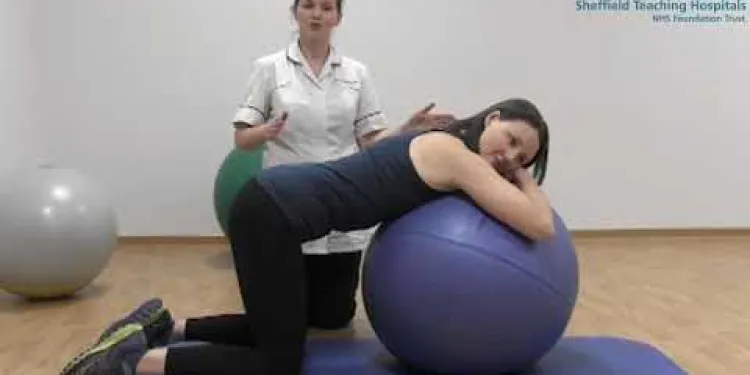
Mat and gym ball exercises with pregnancy related Pelvic Girdle Pain
Relevance: 41%
-

Pelvic health: stress urinary incontinence
Relevance: 41%
-

Pelvic health: Urge Incontinence
Relevance: 39%
-

Can exercises help with labor preparation?
Relevance: 36%
-

Incontinence and Prolapse - Physiotherapy Advice
Relevance: 34%
-

Incontinence and Prolapse - Physiotherapy Advice
Relevance: 33%
-

Prolapse Types and Tips
Relevance: 29%
-

ACL pre-operation exercises
Relevance: 29%
-

Physiotherapy Assessment of Urinary Incontinence
Relevance: 29%
-
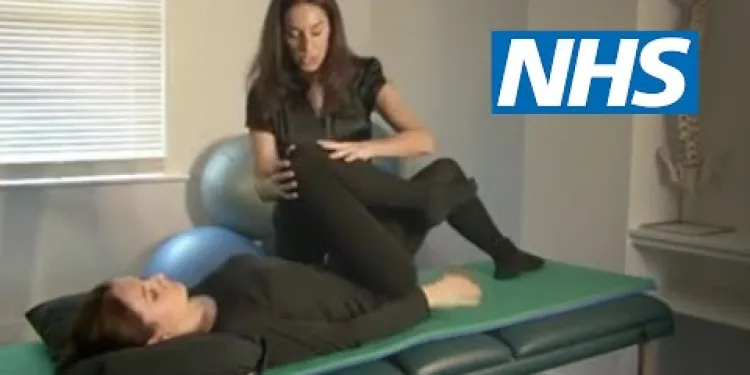
Exercises for sciatica: spinal stenosis | NHS
Relevance: 28%
-

What exercises can I do during pregnancy?
Relevance: 27%
-
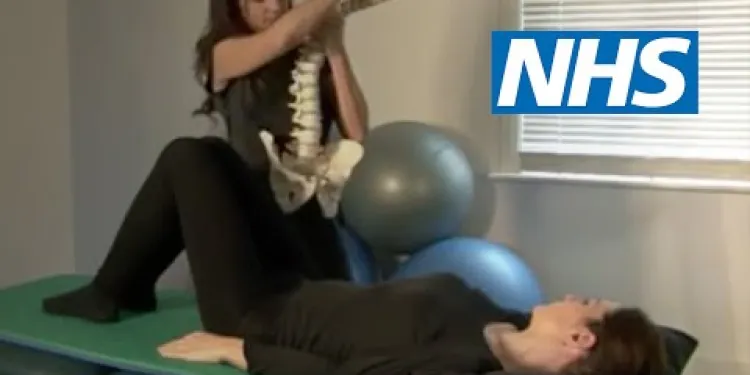
Exercises for sciatica: herniated or slipped disc | NHS
Relevance: 27%
-

Pelvic Girdle Pain Advice Class
Relevance: 27%
-

Prolapse Management
Relevance: 26%
-

Can I do abdominal exercises during pregnancy?
Relevance: 25%
-

Newcastle Specialist Continence Service's Light Urinary Incontinence Project
Relevance: 25%
-

Pam’s story - The NHS Diabetes Prevention Programme
Relevance: 25%
-
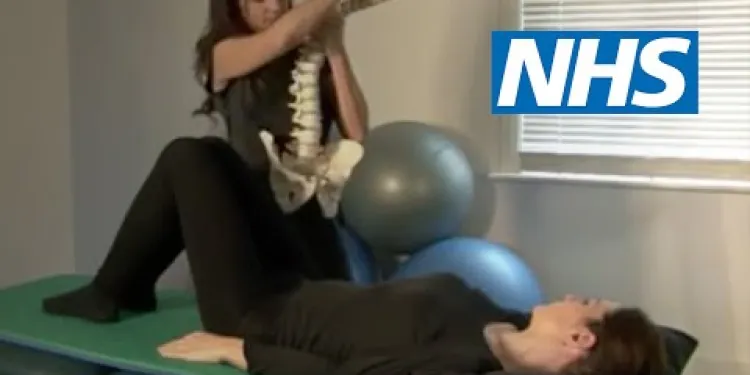
Exercises for sciatica: herniated or slipped disc | NHS
Relevance: 25%
-

Incontinence | NHS
Relevance: 24%
-
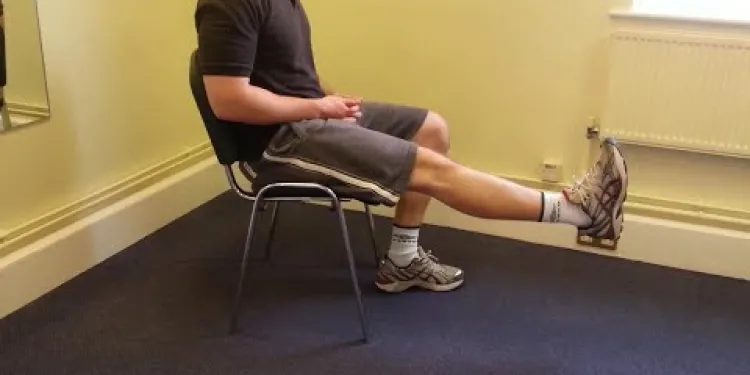
Knee Care Exercises
Relevance: 24%
-
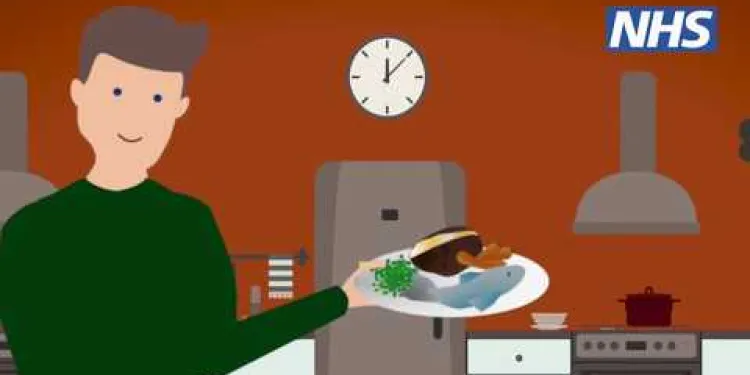
Tom's story (NHS Diabetes Prevention Programme)
Relevance: 24%
-

Exercises for sciatica: degenerative disc disease | NHS
Relevance: 24%
-

The NHS Diabetes Prevention Programme story
Relevance: 24%
-

Joint School - Knee Exercises
Relevance: 23%
-
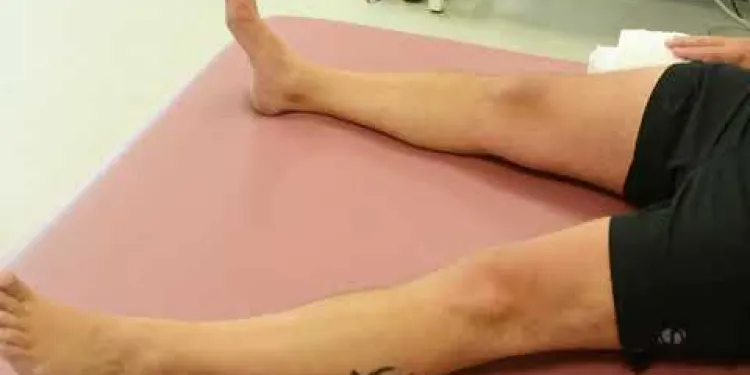
Joint School - Hip Exercises
Relevance: 23%
-

Physiotherapy Exercises following an Ankle Fracture
Relevance: 23%
-

Shoulder Exercises 1
Relevance: 23%
-

Hansa's story - The NHS Diabetes Prevention Programme
Relevance: 23%
-

Neck Exercises
Relevance: 23%
-
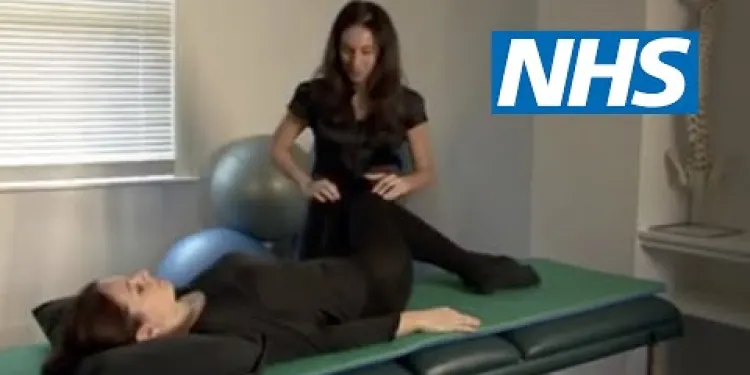
Exercises for sciatica: piriformis syndrome | NHS
Relevance: 22%
-

BSL Pelvic inflammatory disease (PID)
Relevance: 22%
-
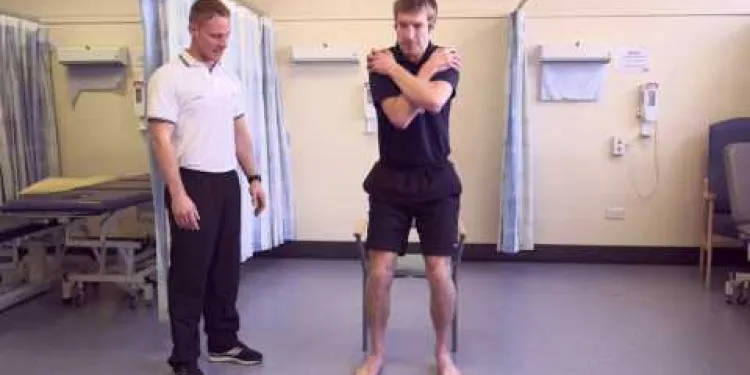
Exercises to help your lateral hip pain
Relevance: 21%
The Pelvic Floor Muscles - Developing an Exercise Programme
Understanding the Pelvic Floor Muscles
The pelvic floor muscles are a group of muscles and connective tissues that support the pelvic organs, including the bladder, intestines, and for women, the uterus. They play a crucial role in maintaining continence and contribute to sexual health. It's essential to keep these muscles strong and functional to prevent issues such as incontinence and pelvic organ prolapse.
Benefits of Strengthening Pelvic Floor Muscles
Strengthening your pelvic floor muscles can provide numerous health benefits. For women, it can aid in recovery post-childbirth and reduce the risk of pelvic organ prolapse. For men, it can help manage symptoms of prostate issues and improve bladder control. Both men and women can experience enhanced sexual satisfaction and improved core stability.
Getting Started with Pelvic Floor Exercises
To begin a pelvic floor exercise programme in the UK, it’s essential to consult with a healthcare professional, such as a physiotherapist, who specializes in pelvic health. They can provide personalized guidance and ensure you use the correct techniques. Typical exercises include Kegels, which involve contracting and relaxing the pelvic floor muscles.
Creating an Effective Exercise Routine
Consistency and proper technique are key. Aim to perform your pelvic floor exercises daily, gradually increasing the number of repetitions and hold times as your strength improves. Combine these exercises with activities that enhance overall core strength, such as yoga or Pilates. Incorporating these exercises into your daily routine can maximize benefits.
Monitoring Progress and Staying Motivated
Tracking your progress can be motivating and help you stay on track. Use a journal or a mobile app to record your exercises and any changes in symptoms. Setting realistic goals and celebrating small milestones can keep you motivated. Remember, strengthening the pelvic floor muscles can take time, so be patient and persistent.
Additional Resources
For further support and information, the NHS provides resources on pelvic floor exercises. Local physiotherapy clinics and pelvic health support groups can also offer guidance and encouragement. Engaging with these resources can enhance your exercise programme and ensure you’re on the right path to improved pelvic health.
The Pelvic Floor Muscles - Developing an Exercise Programme
Understanding the Pelvic Floor Muscles
The pelvic floor muscles are muscles inside your body that help hold up important parts, like your bladder and intestines. In women, they also support the uterus. These muscles help you control when you go to the toilet and help with sexual health. Keeping them strong helps prevent problems like wetting yourself by accident.
Benefits of Strengthening Pelvic Floor Muscles
Making these muscles stronger is good for your health. For women, it helps after having a baby and can stop other problems. For men, it helps with prostate health and makes it easier to hold in urine. Both men and women can enjoy better sexual health and feel stronger in their middle.
Getting Started with Pelvic Floor Exercises
If you want to start doing exercises in the UK, talk to a healthcare person like a physiotherapist. They know a lot about pelvic health and can help you do the exercises right. An important exercise is called "Kegels," where you squeeze and relax these muscles.
Creating an Effective Exercise Routine
Doing the exercises every day is key. Start small and do more as you get stronger. Try things like yoga or Pilates to help your whole body. Adding these exercises to what you already do will help you get the best results.
Monitoring Progress and Staying Motivated
Keeping track of how you're doing can make you feel good and keep you going. Use a notebook or app to write down your exercises and see how you feel. Set small goals and celebrate when you reach them. Remember, getting stronger takes time, so keep trying.
Additional Resources
You can find more help and information from the NHS on pelvic floor exercises. Local clinics and support groups can help too. Use these resources to keep your exercises on track and get better pelvic health.
Frequently Asked Questions
What are pelvic floor muscles?
Pelvic floor muscles are layers of muscles that stretch like a supportive hammock from the pubic bone to the end of the backbone. They support the bladder, bowel, and uterus.
Why are pelvic floor muscles important?
Pelvic floor muscles support essential functions such as bladder and bowel control, sexual function, and they contribute to core stability.
How can I identify my pelvic floor muscles?
You can identify your pelvic floor muscles by trying to stop the flow of urine midstream. The muscles you use to do this are your pelvic floor muscles.
How often should I do pelvic floor exercises?
It’s recommended to do pelvic floor exercises at least three times a day for best results.
Can men benefit from pelvic floor exercises?
Yes, men can benefit from pelvic floor exercises too, especially if they experience issues such as incontinence or erectile dysfunction.
What is the correct way to do pelvic floor exercises?
To perform pelvic floor exercises, squeeze your pelvic floor muscles, hold for a few seconds, then relax for a few seconds. Repeat this process multiple times in a row.
Can pelvic floor exercises help with bladder control?
Yes, regular pelvic floor exercises can significantly improve bladder control and reduce incidents of incontinence.
Are there any tools that can assist with pelvic floor exercises?
Yes, tools such as Kegel balls or pelvic floor muscle trainers can assist in strengthening pelvic floor muscles.
Can pelvic floor exercises help with postnatal recovery?
Yes, strengthening pelvic floor muscles can support postnatal recovery, helping to heal and regain muscle tone after childbirth.
Is it normal to feel discomfort during pelvic floor exercises?
No, you should not feel pain or discomfort. If you do, consult a healthcare professional for advice.
How long does it take to see results from pelvic floor exercises?
It can take several weeks to a few months of consistent exercises to notice significant improvements.
Can I do pelvic floor exercises while pregnant?
Yes, pelvic floor exercises are safe to do during pregnancy and can help in preparation for childbirth.
Do I need to see a specialist to start pelvic floor exercises?
While you can start exercises on your own, it is beneficial to see a physiotherapist for personalized guidance and to ensure proper technique.
Can pelvic floor exercises improve sexual function?
Yes, strengthening pelvic floor muscles can enhance sexual function and satisfaction.
At what age should I start doing pelvic floor exercises?
It’s beneficial to start pelvic floor exercises at any age, especially if you experience symptoms of weakened pelvic muscles.
What are pelvic floor muscles?
Pelvic floor muscles are special muscles at the bottom of your tummy. They help you do things like go to the toilet, have good posture, and support your body. These muscles help you when you need to stop a wee or a poo. It is important to keep them strong.
You can do exercises to make these muscles strong. These are called pelvic floor exercises.
A tool that can help is a timer. You can set a timer to remind you to do your exercises.
Your pelvic floor muscles are like a stretchy hammock. They go from the front of your hips to the bottom of your back. These muscles hold up your bladder, bowel, and the area where babies grow.
Why are pelvic floor muscles important?
The pelvic floor muscles are important because they help us in many ways. They support the bladder and bowel and help with going to the toilet. These muscles also help when we laugh, cough, or carry heavy things.
Supportive Tools:
- Use pictures to understand where the pelvic floor muscles are.
- Play simple videos that explain how these muscles work.
The muscles in your pelvic floor help you do three important jobs: control your pee and poo, help you when you do sexual things, and keep your tummy strong.
How do I find my pelvic floor muscles?
Your pelvic floor muscles are inside your body. They help you when you go to the toilet. Here is a simple way to find them:
- When you go for a wee, try to stop the wee mid-flow. Those are your pelvic floor muscles working.
- You can also try squeezing these muscles when you are not on the toilet.
If you want help, you can:
- Ask a doctor or nurse to show you.
- Use apps or videos that teach you how.
Take your time. You will get better with practice.
You can find your pelvic floor muscles by trying to stop your pee half way through. The muscles you use to stop it are your pelvic floor muscles.
How many times should I do pelvic floor exercises?
Do your pelvic floor exercises three times every day to get the best results.
Can men get help from pelvic floor exercises?
Yes, men can also get help from doing pelvic floor exercises. These exercises make the muscles in the pelvis strong.
Why do them? Pelvic floor exercises can help with:
- Stopping you from peeing by accident.
- Improving bladder and bowel control.
- Make other muscles stronger.
How to do them? Here are some simple steps:
- First, sit down or lie down comfortably.
- Squeeze the muscles you use to stop peeing.
- Hold for a few seconds, then relax.
- Try to do this 10 times in a row.
Try to practice every day. You can ask a doctor or nurse for more help.
Tools to help:
- Apps or videos that show you how to do the exercises.
- Reminders on your phone to remember the exercises.
- Ask a friend or family member to remind you.
A doctor can give more tips on pelvic floor exercises too.
Yes, men can do pelvic floor exercises too. They can help if a man has problems like wetting his pants (incontinence) or trouble with erections.
How do you do pelvic floor exercises?
To do pelvic floor exercises, follow these steps:
1. Squeeze the muscles you use to stop going to the toilet.
2. Hold for a few seconds.
3. Relax for a few seconds.
4. Repeat this many times.
Tip: You can use a timer to help you keep track of time. You can also use apps that guide you through the exercises.
Do exercises help you control when you wee?
Yes, doing pelvic floor exercises often can help you control your bladder better. It can also help stop accidents where you might wet yourself.
Can anything help with pelvic floor exercises?
Pelvic floor exercises help make your muscles strong. Here are some ideas to help you:
- Use a Reminder: Set a timer or use an app to remind you to do the exercises.
- Try Exercise Balls: Use special balls that help you practice your exercises.
- Watch Videos: Find videos online that show you how to do the exercises.
Remember to talk to a doctor or physiotherapist. They can help you find what works best for you!
Yes, you can use special tools like Kegel balls or muscle trainers to make your pelvic floor muscles stronger.
Can exercises help my body get better after having a baby?
Doing exercises can make your body feel better after you have a baby. Try these exercises to help:
- Pelvic Floor Exercises: These are exercises that make your tummy and lower body strong.
- Take it Slow: Start with easy exercises and don’t hurry.
- Ask for Help: A doctor or nurse can show you how to do the exercises.
Remember to be patient. Your body needs time to heal.
Yes, making your pelvic floor muscles stronger can help you get better after having a baby. It helps your muscles heal and get back in shape.
Here are some tips to help:
- Try simple exercises like squeezing and holding your pelvic muscles.
- Do these exercises regularly, maybe every day.
- Ask a doctor or physiotherapist for more advice.
Is it okay if pelvic floor exercises feel uncomfortable?
Sometimes, when you do pelvic floor exercises, it might feel a bit uncomfortable. This can be okay, but if it hurts a lot, you should stop and talk to a doctor.
You can try these tips to help:
- Make sure you are doing the exercises the right way.
- Go slowly and don’t push too hard.
- Take deep breaths and try to relax.
- If you’re not sure, ask a physiotherapist for help.
No, it should not hurt. If it does, talk to a doctor or nurse. They can help you feel better.
How long will it take to see changes from pelvic floor exercises?
Pelvic floor exercises can help your muscles get stronger. This makes these muscles work better.
It might take a few weeks to see changes when you start doing them.
Here are some tips to help you:
- Do the exercises regularly. Try to do them every day.
- Follow a simple exercise plan. You can ask a doctor or a nurse to help you with a plan.
- Use reminders to help you remember to do your exercises. You can set an alarm on your phone.
If you keep doing these exercises, you should notice a difference in about 4 to 6 weeks. But everyone is different, so it might take a little longer for some people.
You might need to do exercises for a few weeks or a few months before you see big changes.
Can I do pelvic floor exercises while I’m pregnant?
Yes! It is safe to do pelvic floor exercises when you are pregnant. These exercises can help you get ready to have your baby.
Do I need to see a special doctor to start pelvic floor exercises?
You might wonder if you need to visit a special doctor before doing exercises for your pelvic floor. The pelvic floor is a group of muscles in your lower tummy.
Here’s what you can do:
- Many people can start these exercises on their own at home.
- If you are unsure, ask your doctor or a nurse. They can help you understand if you need to see a specialist.
- There are videos and apps that can show you how to do these exercises.
Remember, it's okay to ask for help!
You can start doing exercises by yourself. But it's a good idea to see a physiotherapist. They can help you find the best exercises for you and make sure you are doing them the right way.
Can exercises help with sex?
Doing exercises for the muscles in your bottom area can make sex better.
These exercises are called "pelvic floor exercises."
You can learn how to do them by watching videos or asking a doctor for help.
Try doing these exercises every day to feel the difference.
Yes, making your pelvic floor muscles stronger can help you feel better during sex.
When should I start doing pelvic floor exercises?
You can start pelvic floor exercises at any age. These exercises help your tummy and bottom muscles get strong. If you need help, ask a doctor or nurse. They can show you how to do them right. A physiotherapist is a type of doctor who can help too.
It's good to do pelvic floor exercises no matter how old you are. These exercises help if your pelvic muscles are weak.
Useful Links
- Ergsy carfully checks the information in the videos we provide here.
- Videos shown by Youtube after a video has completed, have NOT been reviewed by ERGSY.
- To view, click the arrow in centre of video.
- Most of the videos you find here will have subtitles and/or closed captions available.
- You may need to turn these on, and choose your preferred language.
- Go to the video you'd like to watch.
- If closed captions (CC) are available, settings will be visible on the bottom right of the video player.
- To turn on Captions, click settings .
- To turn off Captions, click settings again.
More Items From Ergsy search
-

The Pelvic Floor Muscles - Developing an Exercise Programme
Relevance: 100%
-

How to do pelvic floor exercises | NHS
Relevance: 72%
-

Pelvic Floor Exercises - Using Your Pelvic Floor to Calm Down Your Bladder
Relevance: 70%
-

Pelvic Floor Exercises - Using Your Pelvic Floor to Calm Down Your Bladder
Relevance: 70%
-

Pelvic health: prolapse
Relevance: 46%
-

Pelvic health: prolapse
Relevance: 44%
-

Your pelvic health matters: insights from NHS clinicians
Relevance: 44%
-

Facial exercise programme
Relevance: 43%
-

Mat and gym ball exercises with pregnancy related Pelvic Girdle Pain
Relevance: 41%
-

Pelvic health: stress urinary incontinence
Relevance: 41%
-

Pelvic health: Urge Incontinence
Relevance: 39%
-

Can exercises help with labor preparation?
Relevance: 36%
-

Incontinence and Prolapse - Physiotherapy Advice
Relevance: 34%
-

Incontinence and Prolapse - Physiotherapy Advice
Relevance: 33%
-

Prolapse Types and Tips
Relevance: 29%
-

ACL pre-operation exercises
Relevance: 29%
-

Physiotherapy Assessment of Urinary Incontinence
Relevance: 29%
-

Exercises for sciatica: spinal stenosis | NHS
Relevance: 28%
-

What exercises can I do during pregnancy?
Relevance: 27%
-

Exercises for sciatica: herniated or slipped disc | NHS
Relevance: 27%
-

Pelvic Girdle Pain Advice Class
Relevance: 27%
-

Prolapse Management
Relevance: 26%
-

Can I do abdominal exercises during pregnancy?
Relevance: 25%
-

Newcastle Specialist Continence Service's Light Urinary Incontinence Project
Relevance: 25%
-

Pam’s story - The NHS Diabetes Prevention Programme
Relevance: 25%
-

Exercises for sciatica: herniated or slipped disc | NHS
Relevance: 25%
-

Incontinence | NHS
Relevance: 24%
-

Knee Care Exercises
Relevance: 24%
-

Tom's story (NHS Diabetes Prevention Programme)
Relevance: 24%
-

Exercises for sciatica: degenerative disc disease | NHS
Relevance: 24%
-

The NHS Diabetes Prevention Programme story
Relevance: 24%
-

Joint School - Knee Exercises
Relevance: 23%
-

Joint School - Hip Exercises
Relevance: 23%
-

Physiotherapy Exercises following an Ankle Fracture
Relevance: 23%
-

Shoulder Exercises 1
Relevance: 23%
-

Hansa's story - The NHS Diabetes Prevention Programme
Relevance: 23%
-

Neck Exercises
Relevance: 23%
-

Exercises for sciatica: piriformis syndrome | NHS
Relevance: 22%
-

BSL Pelvic inflammatory disease (PID)
Relevance: 22%
-

Exercises to help your lateral hip pain
Relevance: 21%


